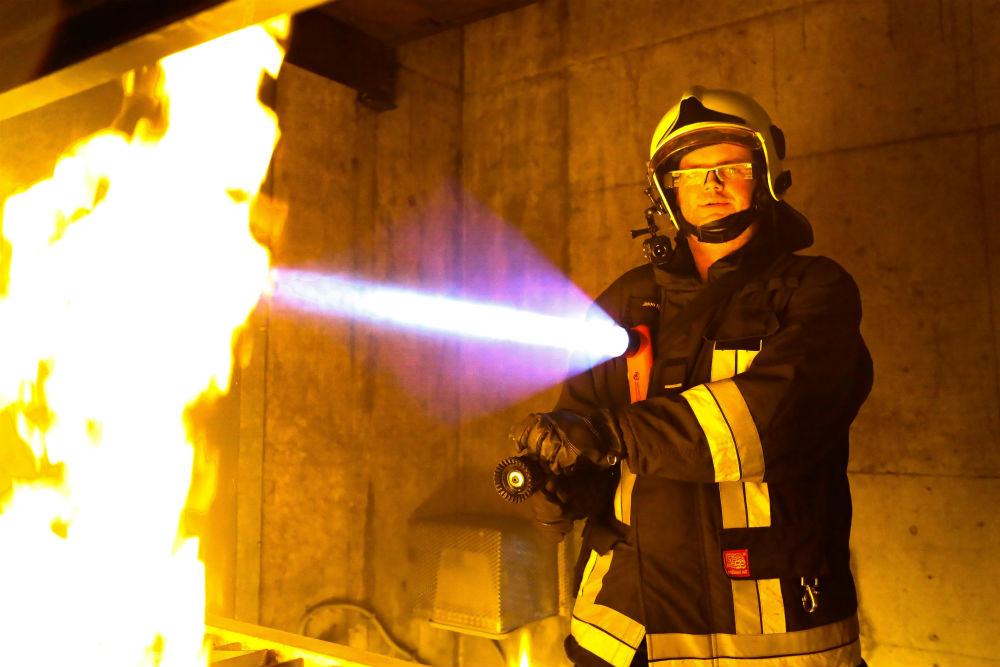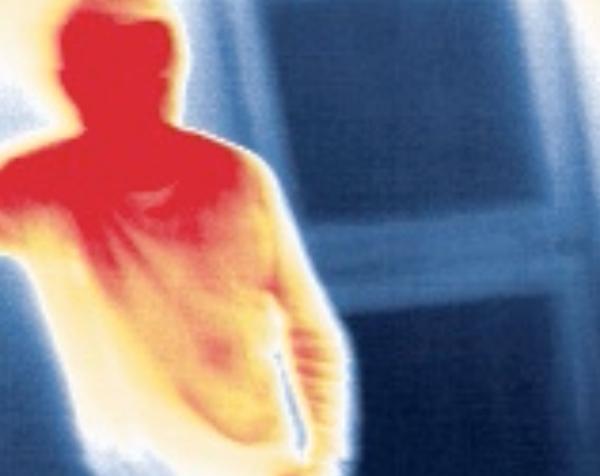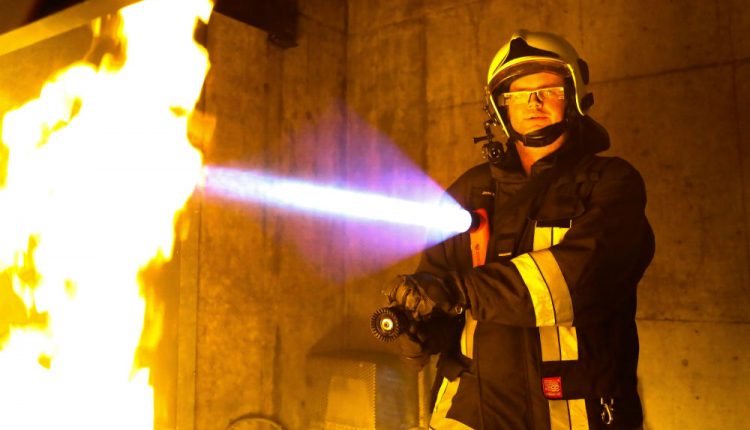Along with combating raging flames, firefighters deal with thick smoke and dark conditions that add to the dangers of their job. Technology may be able to help.
A team of engineers from Ecole Polytechnique Fédérale de Lausanne is working to develop a smart visor that works in conjunction with a thermal imaging camera to help firefighters see what’s around them in real time, even at night and in smokey conditions.

“They really count on the thermal imaging camera, but it gets in the way and forces them to interrupt their search if they want to analyze a room,” said Adrien Birbaumer and Martijn Bosch, researchers behind the VIZIR project at the Images and Visual Representation Laboratory.
In order to overcome this hindrance, the engineers developed a hands-free solution that consists of a mini infrared camera attached to a helmet that incorporates a transparent screen in the oxygen mask.
Wearing the mask, firefighters can see two images in their field of view: what their eyes see and what the thermal imaging camera displays in real time. This variation allows firefighters to move around more easily and avoid obstacles without having to interrupt the search process.
“We worked on the best way of representing hot and cold zones,” said Birbaumer. “We used red and blue, of course, but we had to find the right tones that would be visible on a transparent surface.”

Currently, the team is testing its prototype device which is really a pair of augmented-reality glasses for now. Firefighters from ECA, a local public fire and natural disaster insurance company, are trying out the prototype during training sessions in order to test its effectiveness and provide feedback.
While the technology may be beneficial in the long-run, it could take some getting used to.
“At first it’s hard to know what you’re seeing, if it’s the real thing or not, but you get used to it surprisingly fast and can easily handle the two overlapping views,” said Jean-Marc Pittet, who is in charge of training firefighters at ECA.
The next step will be to incorporate the screen in the oxygen mask itself, as well as eliminate some of the wires.


Comments are closed, but trackbacks and pingbacks are open.